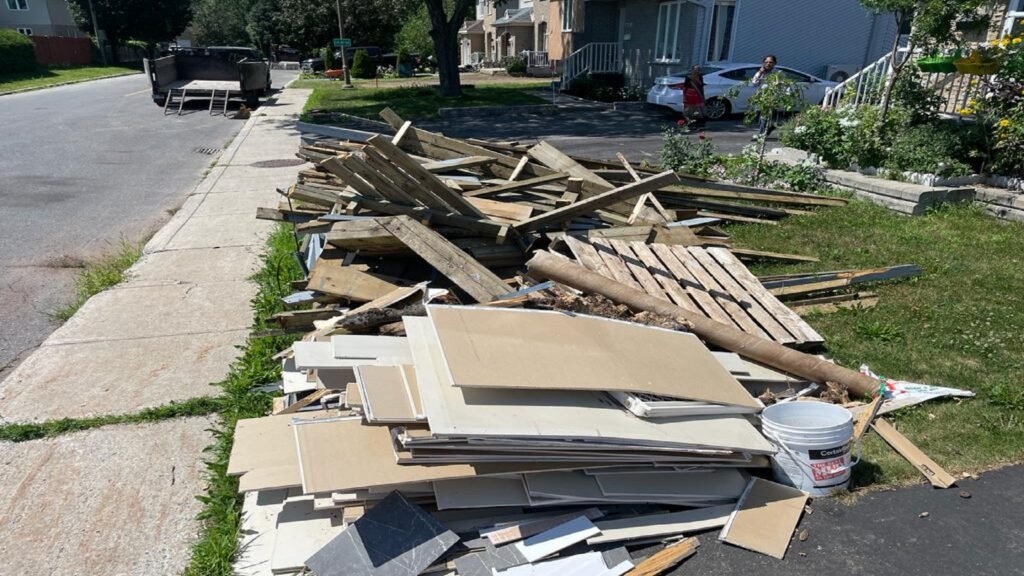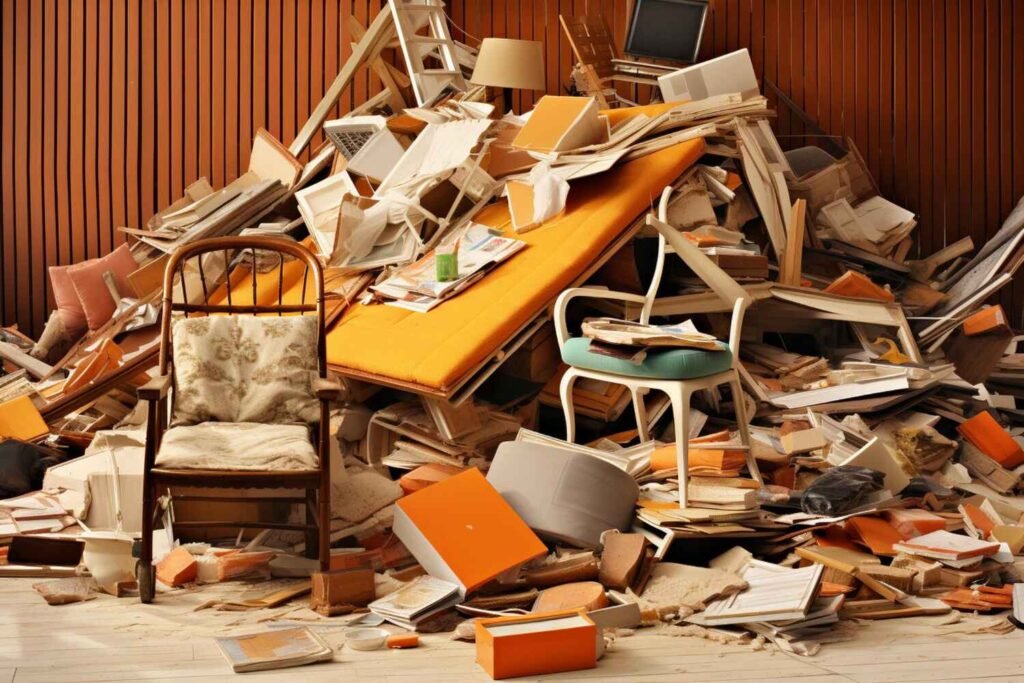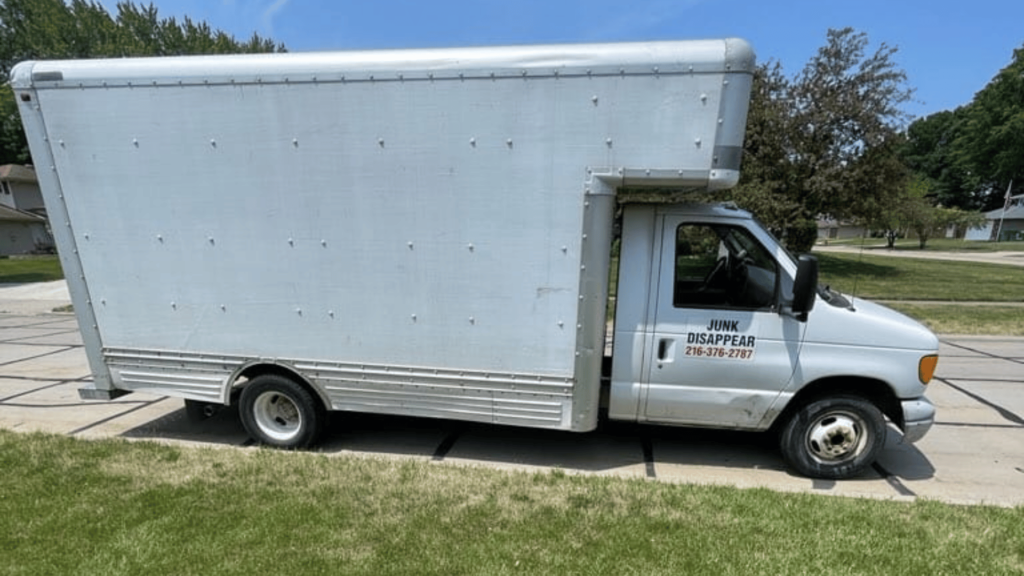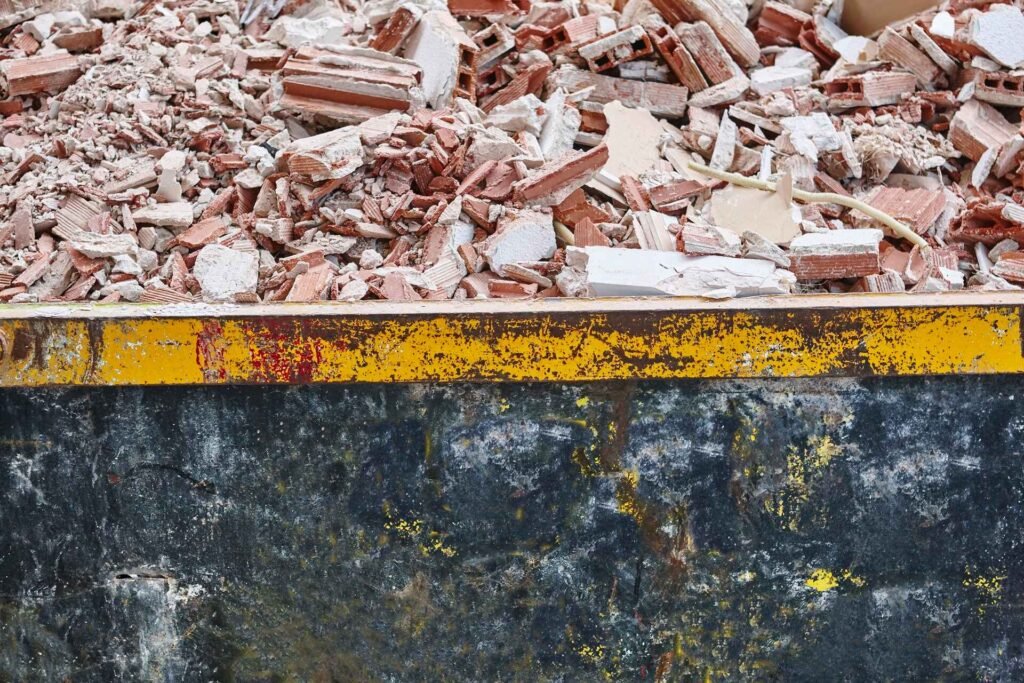Renovation Debris Removal
Our Services
- General Household Junk Removal
- Document Shredding and Disposal
- Property Management Cleanout
- Industrial Equipment Removal
- Shed Demolition And Removal
- Construction Debris Removal
- Electronics Waste Removal
- Renovation Debris Removal
- Office Furniture Removal
- Event Cleanup Services
- Retail Space Cleanout
- Storage Unit Cleanout
- Warehouse Cleanout
- Yard Waste Removal
- Appliance Removal
- Relocation Cleanup
- Recycling Services
- Basement Cleanout
- Hoarder Cleanouts
- Furniture Removal
- Mattress Disposal
- Hot Tub Removal
- Garage Cleanout
- Carpet Removal
- Estate Cleanout
- Pool Removal
Contact us
Renovation projects can generate significant debris, including broken tiles, wood scraps, and drywall pieces. Proper debris removal is crucial for maintaining a safe workspace and complying with local regulations. Professional removal services can efficiently handle the cleanup, allowing you to focus on renovation tasks.
These experts use specialized equipment to collect, transport, and dispose of the debris in an environmentally responsible manner. Hiring professional services ensures the waste is managed correctly, minimizing potential hazards and promoting sustainability. Efficient debris removal creates a smoother renovation and a cleaner, more organized site.
Renovation Debris Removal
Efficiently manage renovation debris removal to keep your workspace clean and safe. Dispose of waste promptly to ensure a clutter-free environment.
Renovation projects can transform your space, but they also produce significant debris. Proper debris removal is crucial for maintaining a clean and safe environment during and after renovation.
How To Remove Debris After A Home Renovation
Efficiently tackle renovation debris removal by renting a dumpster or scheduling a pickup service—sort materials for recycling to minimize waste.
Tackling debris after a home renovation can feel overwhelming. Proper planning and effective techniques can make the process much easier.
Sort And Separate Debris
Start by sorting the renovation waste into categories. This method simplifies disposal and recycling.
- Reusable Materials: Identify items that can be reused or repurposed.
- Recyclable Items: Separate metals, plastics, and wood for recycling.
- Hazardous Waste: Isolate materials like paint and solvents for special disposal.
- General Waste: Collect non-recyclable debris for disposal.
Use Proper Disposal Bags And Bins
Using the correct disposal bags and bins ensures efficient debris removal. This keeps your space organized and safe.
- Heavy-Duty Bags: Opt for durable bags for heavy materials like concrete and tiles.
- Recycling Bins: Use specific bins for sorted recyclable items.
- Hazardous Waste Containers: Place hazardous materials in designated containers to prevent contamination.
- Regular Trash Bags: Use these for general waste that cannot be recycled.
Rent A Dumpster
Renting a dumpster provides a convenient solution for large-scale debris removal.
- Size Options: Choose a size that fits your project needs.
- Location: Position the dumpster close to your work area for easy access.
- Rental Period: Select a rental period that matches your renovation timeline.
Donate Usable Items
Consider donating items that are still in good condition. This not only helps others but also reduces waste.
Hire A Professional Cleanup Service
For a stress-free experience, hire a professional cleanup service. These experts handle debris efficiently and responsibly.
- Expertise: Professionals know how to handle different types of debris.
- Equipment: They have the right tools and vehicles for removal.
- Time-Saving: Save time and energy by outsourcing the cleanup process.
- Eco-Friendly: Many services focus on environmentally friendly disposal methods.
By following these steps, you can manage renovation debris effectively and keep your home clean and safe.

What Kind Of Debris Does A Home Renovation Generate?
Renovation debris includes drywall scraps, broken tiles, old carpeting, and wood offcuts. Dust, nails, and insulation materials often accumulate. Proper disposal ensures a clean and safe environment.
A home renovation can breathe new life into your living space, but it also generates a surprising amount of debris. Whether tackling a small bathroom upgrade or a full-scale remodel, understanding the types of debris you’ll encounter can help you plan for efficient disposal.
Construction Materials
Renovations often involve tearing down and rebuilding, which generates a variety of construction materials that require removal.
- Drywall: This material is often removed when walls are altered or replaced.
- Wood: Old framing, flooring, and trim can accumulate quickly.
- Tile: Used in kitchens and bathrooms, tile removal produces heavy debris.
- Concrete: Foundations and certain walls may generate concrete waste.
- Metal: Pipes, fixtures, and hardware can pile up.
Demolition Waste
Demolition is a key part of many home renovation projects. It generates a unique set of debris types.
When walls, ceilings, or floors are demolished, you’ll encounter various waste materials:
- Plaster: Older homes often have plaster walls that create dust and chunks.
- Insulation: Removing insulation can lead to piles of fibrous material.
- Roofing Shingles: If your project involves roof work, expect shingle debris.
- Glass: Broken windows and doors contribute to glass waste.
- Bricks: Masonry work results in brick rubble.
Hazardous Materials
Certain debris from home renovations can be hazardous. Proper handling and disposal are crucial.
Some common hazardous materials include:
- Asbestos: Found in older homes, it requires careful removal.
- Lead Paint: Lead-based paints pose health risks and need special disposal.
- Mold: Moldy materials must be handled with care to prevent health issues.
- Chemicals: Leftover paint, solvents, and cleaners can be toxic.
- Old Electronics: Disposing of outdated electronic devices requires caution.
Household Items
Renovations often lead to the disposal of various household items. These items can add up quickly.
During the renovation process, you might need to get rid of:
- Furniture: Old or unwanted pieces may need to be discarded.
- Appliances: Outdated or broken appliances often end up as debris.
- Fixtures: Light fixtures, faucets, and other hardware may be replaced.
- Carpeting: Old carpets and rugs can take up significant space.
- Cabinetry: Kitchen and bathroom cabinets often need disposal.
The kinds of debris a home renovation generates can help you better prepare for the cleanup process. Efficient debris removal ensures your project stays on track and your home remains safe and clean.

How To Clean Up Debris After Renovation
Efficiently remove renovation debris by starting with large items and then sweeping and vacuuming smaller particles. Renting a dumpster simplifies disposal.
Renovation projects can transform a home, but they often leave behind a trail of debris. Proper cleanup is essential to ensure a safe and tidy space. Here’s how to clean up debris efficiently after a renovation.
Gather The Necessary Tools
Before diving into the cleanup, ensure you have the right tools. This can make the process faster and more effective.
- Heavy-duty trash bags: Essential for collecting smaller debris and dust.
- Shovels and brooms: Ideal for scooping up larger debris and sweeping smaller particles.
- Protective gear: Gloves, masks, and goggles to safeguard against dust and sharp objects.
- Industrial vacuum: Perfect for removing dust and small debris from floors and surfaces.
Sort And Separate Debris
Sorting debris can streamline disposal and recycling efforts.
Begin by separating materials into categories like wood, metal, and general waste. This makes it easier to know where each type of debris should go. Additionally, sorting helps identify reusable or recyclable materials, reducing waste and environmental impact.
Dispose Of Hazardous Materials
Certain renovation debris may be hazardous and require special handling.
- Identify hazardous materials: Asbestos, lead paint, and certain chemicals need careful handling.
- Follow local regulations: Check local guidelines for proper disposal methods.
- Use specialized disposal services: Some materials may require professional removal services to ensure safety.
Rent A Dumpster
For larger renovation projects, renting a dumpster can be a convenient solution.
Dumpsters provide ample space for all types of debris, making cleanup more manageable. They also save multiple trips to the landfill, reducing time and effort. Be sure to choose the appropriate size based on the volume of debris.
Clean Up Dust And Small Particles
Dust and small particles can linger long after the major debris is cleared.
- Use an industrial vacuum: Efficiently removes fine dust from floors and surfaces.
- Wipe down surfaces: Use damp cloths to capture any remaining dust.
- Air purification: Run an air purifier to reduce airborne dust particles.
Recycle And Reuse
Recycling and reusing materials can benefit both the environment and your wallet.
- Identify recyclable materials: Metals, plastics, and certain types of wood can often be recycled.
- Donate reusable items: Fixtures, cabinets, and other materials in good condition can be donated to local charities.
- Sell valuable scraps: Some materials, like metal, can be sold to recycling centers for extra cash.
Following these steps ensures a thorough and efficient cleanup, leaving your renovated space spotless and ready to enjoy.

Why Choose Junk Disappear Company For Your Renovation Debris Removal
Choose Junk Disappear Company for efficient renovation debris removal. Enjoy quick, reliable service, ensuring a clutter-free renovation process.
Renovation projects can be exciting, but they often leave a trail of debris that needs prompt removal. Choosing the right company for this task is crucial. Junk Disappear Company is a top choice for renovation debris removal services.
Expertise And Experience
Efficient Service
Eco-friendly Disposal
Affordable Pricing
Customer Satisfaction
Licensed And Insured
Choosing Junk Disappear Company ensures a hassle-free renovation debris removal experience. Their professionalism and commitment make them the best choice for your needs.

Average Cost For Renovation Debris Removal
Renovation debris removal typically costs between $200 and $600, depending on the project’s size and complexity. Efficient debris management ensures a clean and safe renovation site, saving time and effort.
Renovating your home can be exciting, but dealing with the debris afterward is less thrilling. Understanding the costs involved in renovation debris removal can help you budget better and ensure a smooth cleanup process.
Factors Influencing The Cost
Several factors determine the cost of debris removal, and these elements vary from project to project.
- Volume of Debris: The amount of debris impacts the cost. More debris equals higher expenses.
- Type of Materials: Heavy materials like concrete cost more to remove than lighter materials.
- Location: Urban areas may have higher removal costs due to distance and local fees.
- Labor Costs: Skilled labor may be required, increasing the overall cost.
- Disposal Fees: Landfills and recycling centers charge for disposal, adding to the total cost.
Track Renovation Debris Removal Services
1/4 truck load = $225
1/2 truck load = $450
3/4 truck load = $650
Full truck load = $850
Average Cost Estimates
On average, renovation debris removal costs can vary widely. Let’s break down some typical expenses.
- Small Renovations: $100 to $300 for minor projects like bathroom updates.
- Medium Renovations: $300 to $800 for kitchen remodels or similar projects.
- Large Renovations: $1,000 to $2,500 for extensive renovations like whole-home updates.
- Heavy Debris: $300 to $800 for concrete or bricks per ton.
These costs and factors allow you to plan your renovation project better and manage your budget effectively.
Conclusion
Efficient renovation debris removal ensures a clean, safe, and organized space. It helps maintain project timelines and reduces hazards. Hiring professionals can save time and effort, allowing you to focus on your renovation goals. Always prioritize proper disposal methods to protect the environment and comply with local regulations.
Frequently Asked Questions
What Is Renovation Debris Removal?
Renovation debris removal involves clearing construction waste like wood, drywall, and tiles from a renovation site.
Why Is Debris Removal Important?
Debris removal ensures safety, cleanliness, and compliance with local disposal regulations at renovation sites.
How Do You Remove Renovation Debris?
Hire a professional service or rent a dumpster to manage and remove renovation debris efficiently.
Can Debris Be Recycled?
Renovation materials like metal, wood, and concrete can often be recycled or repurposed.
What Does Debris Removal Cost?
Costs vary by location, volume, and type of debris. For accurate pricing, obtain quotes from multiple services.
Is Debris Removal Eco-friendly?
Many services recycle or properly dispose of materials, making debris removal environmentally responsible.
